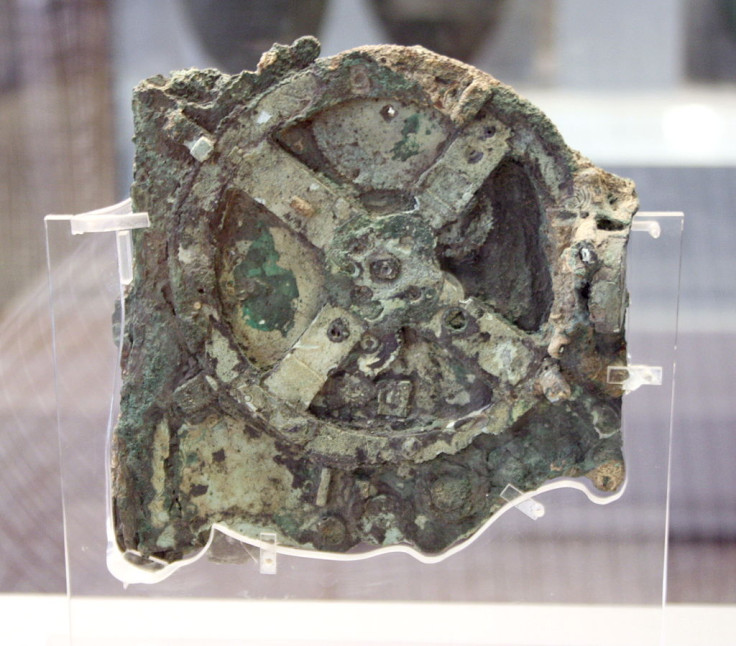Expedition to ancient Antikythera wreck to reveal more mysteries of 2,000-year-old shipwreck
Scientists and underwater archaeologists are set to return to the Antikythera wreck to search for more treasures and fragments of the mystery mechanism discovered there more than 100 years ago. The shipwreck off the coast of the Greek island is believed to be bigger than even the largest Roman-era ships ever made, and was packed full with marble and bronze sculptures, coins and other artefacts.
The wreck was first discovered by sponge divers in 1901. It is thought to date from between 70BC and 67BC because of coins found on the ship by world-famous diver Jacques Cousteau – they were produced by the Roman mint at Pergamum. A decade earlier Roman General Lucius Cornelius Sulla Felix had mounted an expedition to Greece and experts have suggested the Antikythera wreck was taking treasures back to Rome when it sank.
In 2014, divers were able to establish the wreck measured between 30m-50m in length: "The hull timbers were 11 cm thick. This would make the wreck bigger than the pleasure barges Caligula built for his artificial lake and they were the largest Roman era ships known," one of the project leaders Brendan Foley told Archaeology Hour. "This raises the question of what else may be on the ship. At this point of course we simply do not know – but the speculation has been exciting indeed!"
The latest expedition will take advantage of the most advanced diving technology. When the wreck was first found, divers could spend just a few minutes looking around the site, with two dying from the bends as a result. As decades passed, diving became more and more advanced. Now, the team will be able to spend up to 90 minutes on the seafloor because of a newly designed suit.

Foley said: "There will still be a need for an hour or so of decompression to prevent bends, so each dive will take almost three hours. With this amount of time we expect to complete a great deal of excavation." Should the team find anything of significance, they will probably use a water dredge in order to preserve materials as best as possible.

Of greatest interest is the search for more components of the Antikythera mechanism, often referred to as the world's first computer. The ancient Greek device is believed to have been an early but extremely complex navigation tool. The analogue device is thought to have predicted astronomical positions and eclipses. Nothing of its kind was seen again until the 14<sup>th century.
Last year scientists from the National University of Quilmes in Argentina said analysis of the mechanism suggests it is 100 years older than previously thought. They said it was so advanced it could not have been a prototype either, suggesting earlier less advanced models are yet to be found. Published in the journal Archive for History of Exact Sciences, the team said the device dates to 205BC, placing it in the Babylonian era just a few years after the death of Archimedes.
When looking for the mechanisms, Foley said divers will be especially cautious: "In its original state the metal components of the mechanism were thin sections of copper alloy. After thousands of years on the sea bottom they would now have the consistency of Fimo craft clay – very fragile indeed."

© Copyright IBTimes 2025. All rights reserved.






















